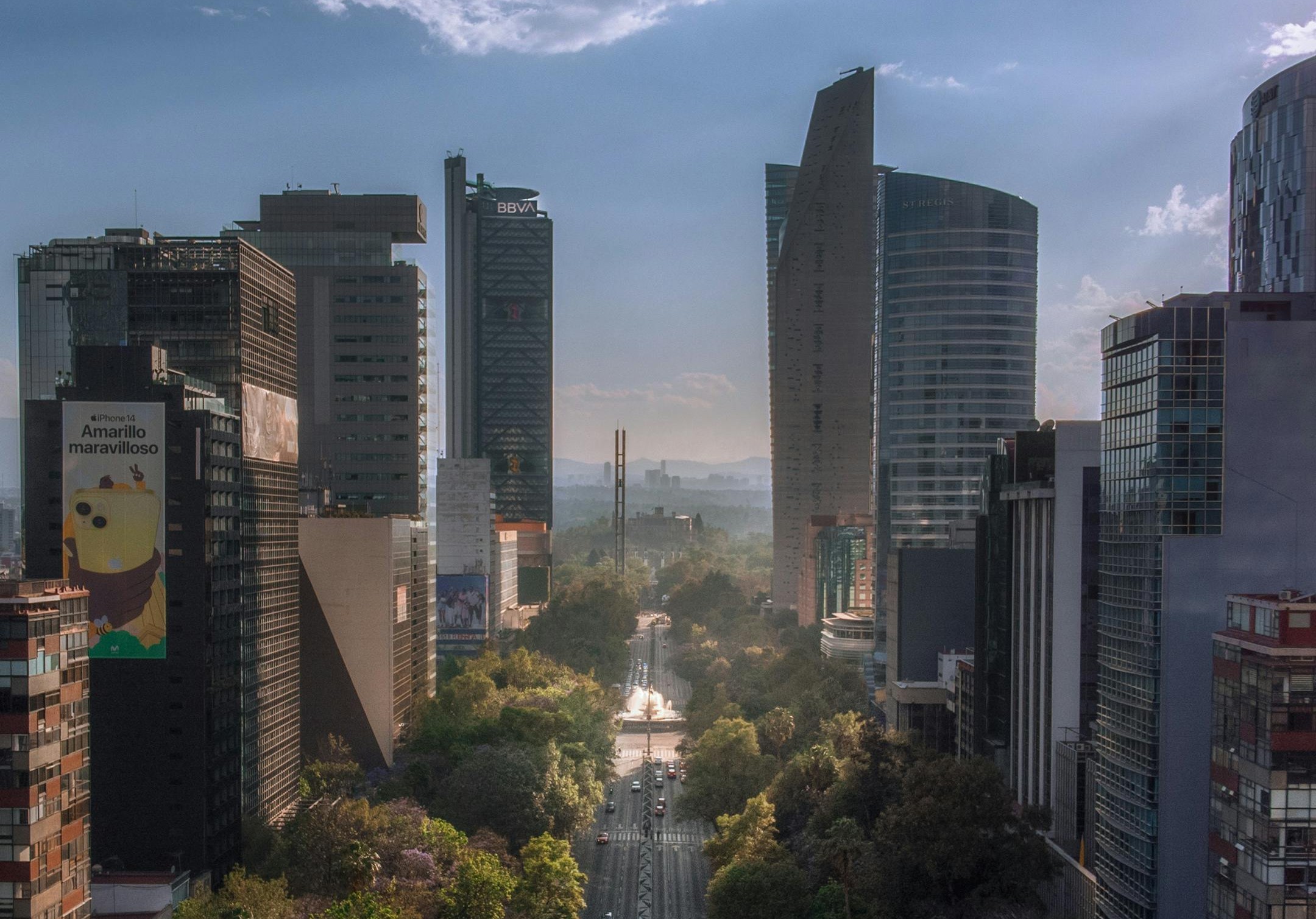
The third quarter of 2025 consolidates greater stability for the Mexican office sector. Companies, having completed the adaptation phase to hybrid work models, have more clearly defined their investment objectives in the market. Within the context of moderate economic growth, Mexico's monetary management has been key. The stabilization of inflation and the recent decreases in the reference rate by the Bank of Mexico have driven greater confidence in corporate investment.
Against this backdrop, the Mexican office market closes 3Q 2025 with a corporate inventory of 17.6 million square meters, reporting annual growth of nearly 200,000 square meters. New supply during the third quarter of the year amounted to approximately 8,000 square meters and was concentrated mainly in the Querétaro market, which accounts for 87% of deliveries.
At the end of September 2025, the vacancy rate was 16%, representing 2.8 million square meters of vacant space, continuing its downward trajectory, reporting a decrease of 150 basis points compared to the same month in 2024.
Over the past year, vacant space showed a general downward trend in most of the country's corporate markets. This reduction was particularly pronounced in Mexico City, which registered a decrease of 168,000 square meters, followed by Monterrey with 43,000 square meters, and Guadalajara with 19,000 square meters less. In contrast, the only markets that reported increases in vacant space were Querétaro, Mérida, and Tijuana, with increases of 14,000, 10,000, and 4,000 square meters, respectively.
The reduction in market supply is due to an increase in demand for corporate space, which reached a total of 325,000 square meters occupied by the end of the third quarter of 2025, doubling the figure recorded in the same period last year.
In the third quarter of 2025, the markets that registered the largest increases in office demand were Mexico City, Monterrey, and Guadalajara. The nation's capital stood out by doubling its leasing volume compared to the same period last year, reaching pre-pandemic levels. Monterrey and Guadalajara, in turn, showed solid performance in leasing activity, with growth of 69% and 54%, respectively.
In the year-to-date period, corresponding to the months of January to September 2025, office demand in Mexico reached a total of 707,000 square meters, reporting an 18% increase compared to the volume recorded in the same period in 2024.
Despite the recovery in office occupancy, investment in the construction of new corporate developments remains cautious. At the end of the third quarter of 2025, office construction activity in Mexico totaled 1.2 million square meters, remaining at similar levels to those recorded a year earlier. Only the Mérida corporate market reported the start of new projects, with the addition of approximately 3,000 square meters under construction.
Currently, corporate construction is primarily concentrated in the country's metropolitan areas. Mexico City accounts for 57% of buildings under development, followed by Monterrey and Guadalajara, with 16% and 8%, respectively. It is worth noting that the Tijuana corporate market has shown strong vertical growth in recent years and is positioned as the fourth market with the highest volume of developments underway, accounting for approximately 6% of the national total.
At the close of Q3 2025, the average office rental price in Mexico stands at $20.34 per square meter. The markets with the highest prices nationwide are Tijuana, at $22.10 per square meter, followed by Mexico City at $21.10 and Mérida at $19.60 per square meter. In contrast, the markets with the most competitive rental prices are León, Guanajuato at $9.60, Puebla at $15.00, and Querétaro at $15.80 per square meter.
Office rental prices continue to show sustained growth nationwide, registering an average year-over-year increase of 2%. The markets with the largest increases were Mérida, where new projects have driven a 20% increase in rental prices, followed by Querétaro and Guadalajara, where rental price increases were 8% and 7%, respectively. In contrast, León, Guanajuato, was the only market to report a decrease in prices, with a 19% drop, consolidating its position as the most competitive corporate market among those monitored by Solili.
At the close of the penultimate quarter of the year, the office market remains active, with an increase in occupancy and greater dynamism in corporate investments. Although development positions remain cautious in much of the country, the growth outlook remains positive. Rental prices reflect upward adjustments in most markets, driven by the recovery in demand and pressure on supply. Together, these factors reflect a stable environment, where the sector is adapting to new business strategies, and project a favorable outlook for the Mexican real estate sector.
Stay up to date with the most important news to the real estate
Subscribe Solili Newsletter